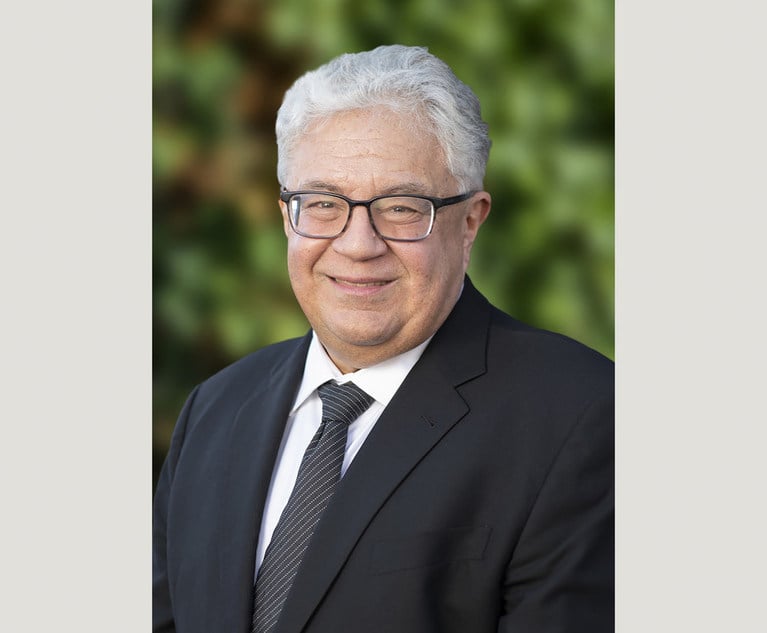While many of President Donald Trump’s immigration comments are misinformed, he is not wrong when he points out that the current system for giving permanent resident status (or green cards) on the basis of employment-related skills has not kept up with the needs of the U.S. workforce. The number of green cards is capped every year, and these green cards are allocated by the Department of State (DOS) based on an individual’s country of birth as well as the priority category under which an individual applies. About 140,000 green cards are set aside for distribution among only five employment-based categories during each fiscal year (Oct. 1 through Sept. 30). No more than 7 percent of available green cards can be granted to applicants from any one country in the same category during the course of any given fiscal year.
The Employment-Based First Preference (EB-1) category is for the highest-skilled immigrants, and includes three sub-classifications: individuals who have extraordinary ability in the sciences, arts, education, business, and athletics; outstanding professors and researchers; and multinational executives and managers.
This content has been archived. It is available through our partners, LexisNexis® and Bloomberg Law.
To view this content, please continue to their sites.
Not a Lexis Subscriber?
Subscribe Now
Not a Bloomberg Law Subscriber?
Subscribe Now
LexisNexis® and Bloomberg Law are third party online distributors of the broad collection of current and archived versions of ALM's legal news publications. LexisNexis® and Bloomberg Law customers are able to access and use ALM's content, including content from the National Law Journal, The American Lawyer, Legaltech News, The New York Law Journal, and Corporate Counsel, as well as other sources of legal information.
For questions call 1-877-256-2472 or contact us at [email protected]


 L-R: Feige M. Grundman, and Steven R. Miller, with Klasko Immigration Law Partners
L-R: Feige M. Grundman, and Steven R. Miller, with Klasko Immigration Law Partners




